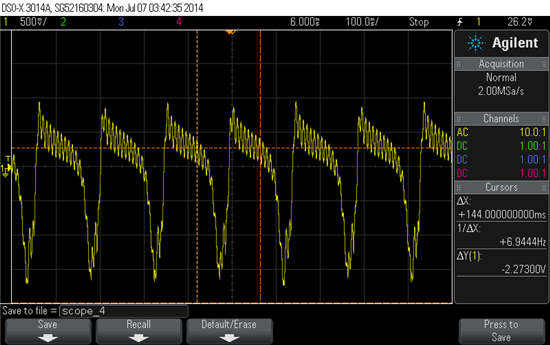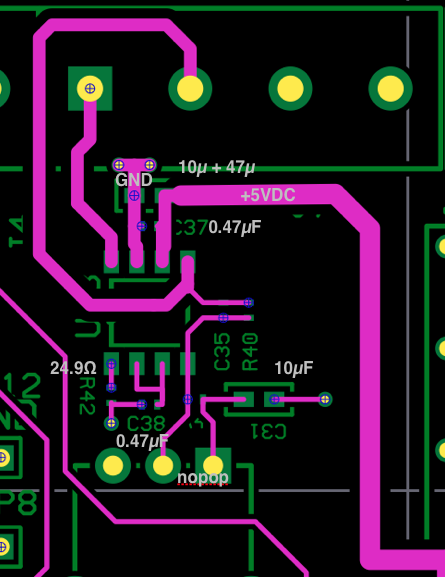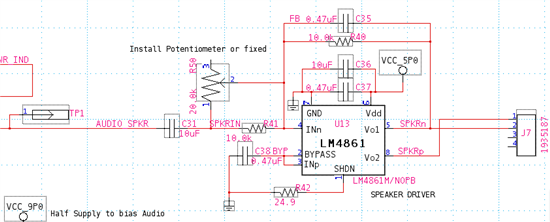Hi
We have a design with a LM4861 that becomes unstable when it is driven to the clipping limit. When the about 6 Hz self oscillation has started it can be stopped by disconnecting the loudspeaker. During the oscillation the amplifier output DC-voltage drops from the normal 2.5 V to about 1 V and it gets very hot.Has anybody seen a similar behavior and found out how to prevent it?






